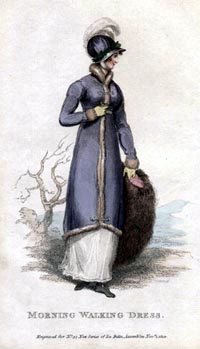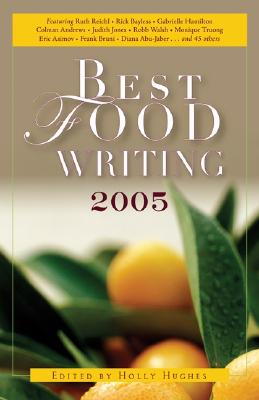 | ||||||||||||
|
|

My mother and I have frequent and spirited arguments about which is the best dramatized Pride and Prejudice. The Keira Knightly version is fine (though Keira's celebrated neck might be a tad too snappable for my taste), but it never really enters into our conversations. Maybe it was too late to the game, maybe it was so obviously an entry that was trying to capitalize on the Austenmania sweeping the nation. Whatever the reason, it's really of no consequence to us. No, we pit the BBC's entry -- also known as "The Colin Firth P&P" -- against the 1940 Greer Garson-Lawrence Olivier version. I'm nothing if not an unrelenting traditionalist. I will allow Clueless as Emma, because it is quite brilliant and showcases tufty Dan Hedaya and Brittany Murphy before she lost her sense of humor as well as all possibly healthy weight, but I would not see A Midsummer Night's Dream in London when I heard from the ticket agent, "Oh, it's fabulous -- they're doing it all in mud!" Having said that, it is unsurprising that I revere the Colin Firth version above all. It's long, it's completely thorough without being ponderous, and it's fashionably, as well as textually, accurate. Firth's Darcy is quite the grump when placed alongside Olivier's affable, archery-instructing portrayal, but he's also closer to the book's ideal. Plus, with a generous six hours, Firth has time to unbend, thaw, and even take an impromptu swim. However, Austen's Mr. Darcy would no more teach Elizabeth Bennett how to shoot a bow and arrow than her unmarried Miss Bingley would wear a black, spangled dress anywhere. I know that the costume designer Adrian was probably understandably influenced by the dramatic, full skirts of Gone With the Wind when he sketched up what Garson, Boland, and Maureen O'Sullivan should wear, but the Regency was more about figure-revealing Empire waistlines -- some forward females of the time even used water to "dampen down" their gowns for their version of a wet tee-shirt contest -- and less about virginal Victorian crinolines and prodigious petticoats.
My mother favors the Garson-Olivier version. I think it's because while the fussy costumes, scenes, and finale are all wrong, the 1940 movie is very optimistic. Mary Boland's Mrs. Bennett is not so much stupid and weak as she is twittering and buoyant. My mother likes happy endings and the fact that Edna May Oliver's Lady Catherine forgives, even facilitates Darcy's marriage with Elizabeth is much nicer than what the BBC and Jane Austen scripted. For them, Lady Catherine remained true to her prejudices and pride. She never fully forgave Darcy and Elizabeth for forming an alliance, much less schemed one herself. The Garson-Olivier movie also ties up the remaining Bennett girl's fates in very tidy matrimonial packages. As Mrs. Bennett closes the door on her final two chicks "tottering on the BRINK!" Mary is playing piano accompaniment to a similarly bespectacled flautist, and Kitty appears to be similarly settled with Mr. Denny. It's pretty to think that all five of the Bennett girls might have had their futures settled so comfortably; however, for all her wit and humor, Jane Austen was a realist and she knew that many girls would never be so lucky. As the first Pride & Prejudice I ever saw, I do enjoy the Garson-Olivier version, but I just think of it as another beautifully done classic movie, not Jane Austen.
| |||||
|
| |||||
|
|
|





